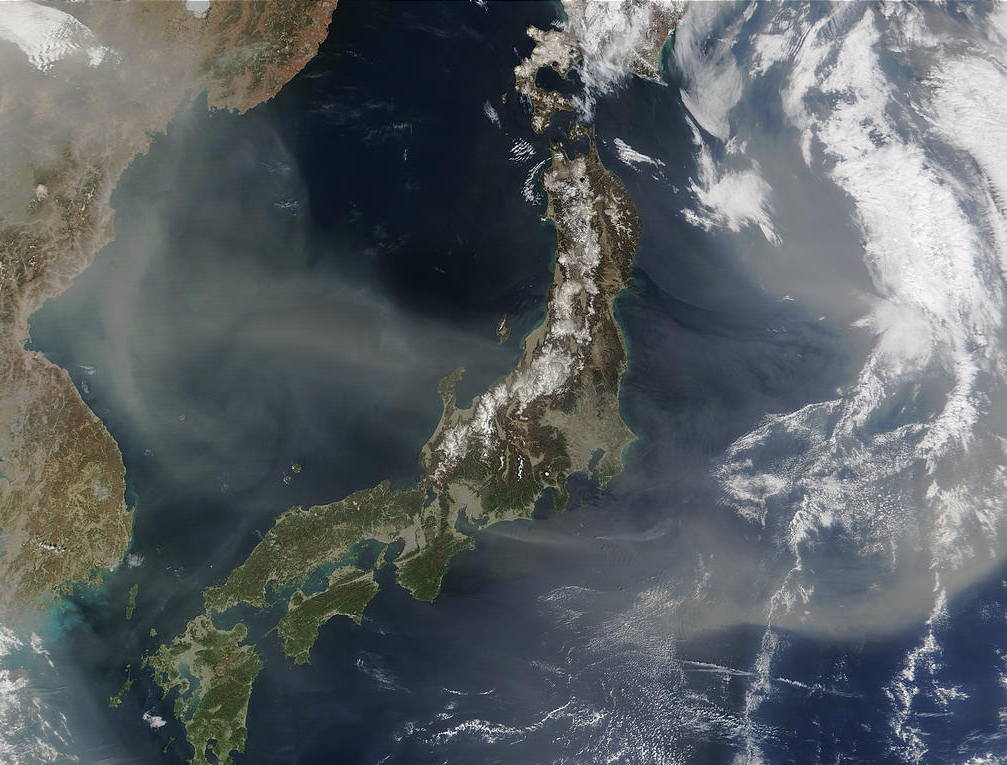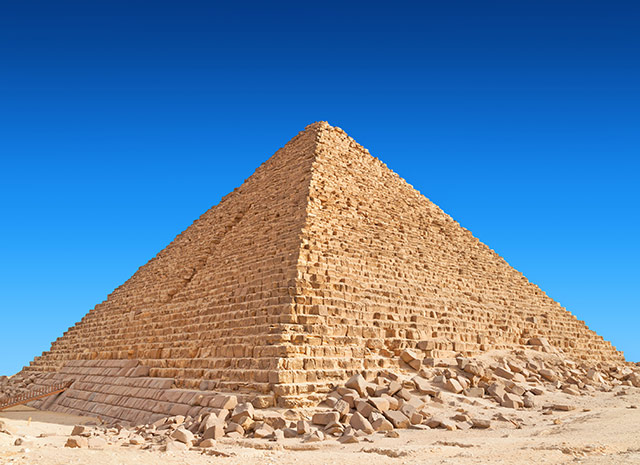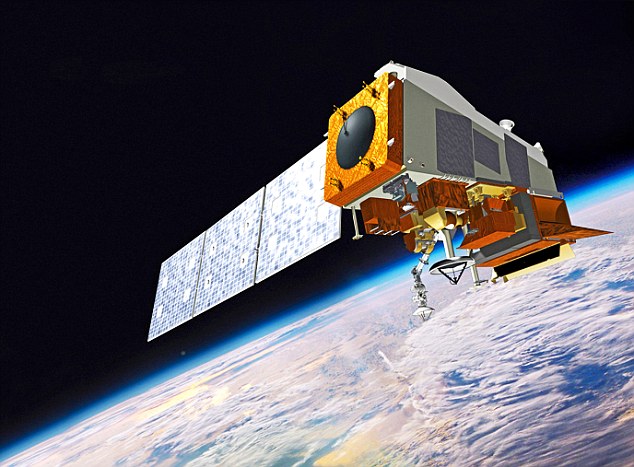
Meteorites taken from the Thorsberg quarry in Sweden suggest that violent collisions occurred in space about 470 million years ago, flinging rapidly traveling meteorites toward Earth.
Birger Schmitz of Lund University in Sweden is leading the research on the meteorites aged millions of years old. His team's findings, published in the journal Nature, show that the meteorites hold new and important evidence of Earth’s past.
“Many of these meteorites are as different from the meteorites that fall today as some of the animals that were living in that time are compared to today’s animals,” he said.
Massive collisions in the asteroid belt increased meteorite impacts
Meteorites are rock fragments that survived entry into the atmosphere and hit the earth. They usually come from the asteroid belt before a space phenomenon threw them toward a course headed for Earth.
Schmitz looked for ancient meteorites to answer whether and how they may have influenced Earth eons ago. Since about 1990, he concentrated his search in a limestone quarry in Sweden.
Initially, workers of the quarry threw out "blemished" floor tiles that were carved from limestone deposits. But as it turns out, the dark blemishes are ancient meteorites that are about 470 million years old and a few centimeters wide.
Nowadays, the workers call Schmitz whenever they find blemished floor tiles. And each year, they turn in about four to five of the meteorites. Schmitz looked for other quarries that could also harbor meteorites but found nothing. That's because sediments need to be deposited very slowly for the meteorite to accumulate in an area.
Ten years later, Schmitz collected about 50 meteorites. He did some calculations and found that meteorites were falling 100 times more back when the limestone was forming than they do today.
This discovery hints at what possibly happened about 470 million years ago on Earth and in Space.
“There is one very likely scenario: that if something explodes in space and breaks up into billions and billions of small pieces – well, what we saw in the quarry, that’s exactly what would happen,” explained Schmitz.
In their study, Schmitz and his colleagues showed that the meteorites had only been in space for about one million years – not long in astronomical terms. Their finding was based on the effect of cosmic rays on the mineralogy of the meteorite fossils.
They posited that impressive collisions occurred in the asteroid belt back then, which temporarily increased the rate of meteorites impacts on Earth. Simulations showed that these collisions caused fragments to travel more quickly than they do today. (Related: Researchers discover microscopic plant compound on meteorite fragment.)
They concluded that the fossil meteorites in southern Sweden likely came from the inner main asteroid belt.
However, the meteorites that were found are too few to significantly affect Earth. And it would take long before Schmitz's team could amass a substantial collection of the meteorites. This led Schmitz to broaden his search by looking for even smaller bits of meteorites: micrometeorites or space dust.
Space dust from collisions led to Ice Age
Meteorite impacts happen very often: Earth is hit by about 6,100 meteors every year, which is about 17 meteorite impacts a day. Larger, cataclysmic meteorites are the ones that are rare, such as the meteorite that experts believe hit Earth about 66 million years ago and decimated dinosaurs and 75 percent of life forms.
For another study, published in the journal Science Advances, Schmitz and his colleagues looked for the extraterrestrial mineral, chromite, which is found in abundance in meteorites and can withstand strong substances.
The researchers took rock samples from the quarry and dissolved them in hydrochloric acid. For every 5 kg of rock, they got 10 tiny fragments of extraterrestrial chromite, which are about a tenth of a milliliter long. Each rock sample was taken from the quarry at spatial intervals, which means their collective samples were spaced out throughout the area and therefore covered a wide perimeter.
Data showed that there was a huge uptick in space dust in rocks aged 466 million years old, coinciding with a cold period known as the mid-Ordovician Ice Age.
During the Ordovician period, the north of the tropics is mostly ocean while the existing land is mostly collected in the supercontinent Gondwana in the south. Earth experienced a milder climate earlier in the period. But when Gondwana shifted toward the South Pole later on, massive glaciers formed which caused shallow seas to drain and sea levels to drop.
The researchers posited that a massive collision in the asteroid belt distributed both large meteorites and a massive cloud of dust, blocking sunlight from reaching Earth and plunging the planet to an Ice Age. (Related: So, we're ALL aliens? New research suggests that DNA molecules were brought to Earth on meteorites.)
The implications of the study are huge. The findings could mean that the space dust phenomenon is the second example of an event in the cosmos that profoundly shaped Earth's evolution, next to the asteroid that took out the dinosaur populations.
And Schmitz's team has a lot more to unveil, as another study has already been completed and will be published soon. This time, his team dissolved 20 more tons of rocks from different quarries that represent various periods in Earth's deep history. This study addresses the partial record of rocks that were sampled in their previous research.
Space.news has more on the space-related evolution of Earth.
Sources include:
Please contact us for more information.





















